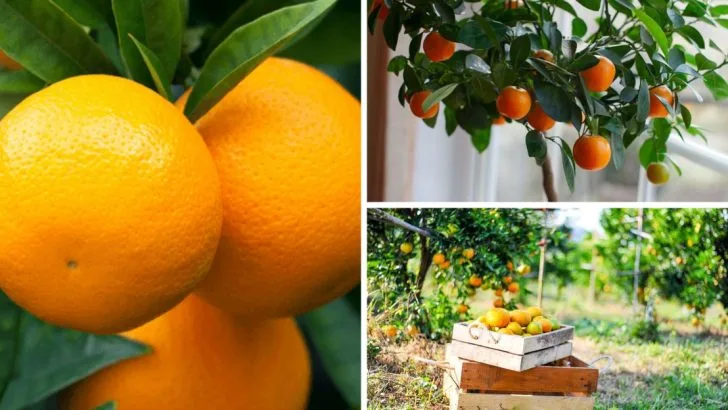Growing an orange tree from seed can sound like a fun project, but it comes with its own set of challenges. While it’s a great way to connect with the process of growing your own food, it’s important to know that you might not get fruit as quickly as you’d hope. Starting an orange tree from seed is more of a long-term commitment, but with patience and the right conditions, it can be an incredibly rewarding experience.
Before you get started, there are a few things you should consider—like the type of orange you’re using, the environment it needs, and the fact that seed-grown trees often take longer to fruit than those grown from grafts. You’ll also need to be prepared for the time it takes to care for the tree, ensuring it gets the proper light, water, and nutrients. Once you know what you’re up against, you’ll have a better idea of what’s involved in getting that seed to grow into a thriving, fruit-bearing tree.
Selecting the Right Seeds

Choosing the perfect seeds is your first step toward growing a lush orange tree. Not all seeds are created equal, so look for seeds from healthy, ripe oranges, preferably organic ones. Organic seeds are free from harmful chemicals and have a higher chance of germination. One delightful Sunday afternoon, you might find yourself slicing through a juicy Valencia orange, only to discover the ideal seeds inside. These seeds, plump and vibrant, are the promise of a future tree. Plant them with care, and you’re on your way to cultivating a fruitful orange tree.
Understanding Germination Process
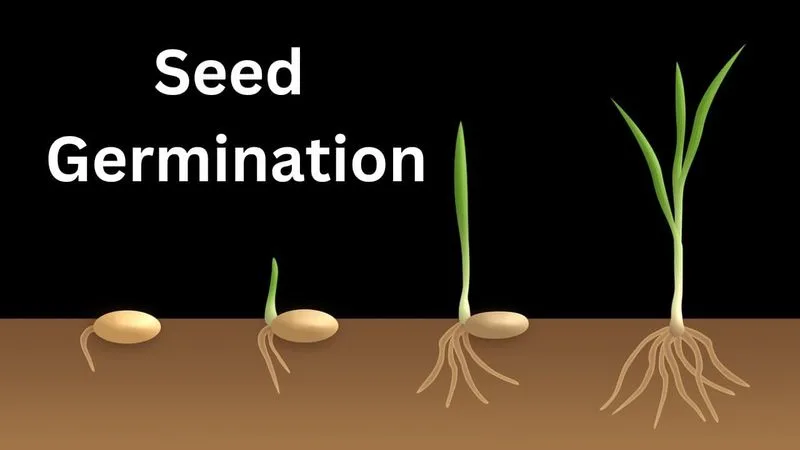
The germination process is a miraculous transformation that sets the stage for your orange tree’s life. Begin by soaking your seeds in water for 24 hours to soften their outer shell. This simple act of tenderness encourages the seeds to awaken. Imagine the seeds nestled in rich soil, their tiny roots reaching out, eager to explore. Within a few weeks, with consistent moisture and warmth, you’ll witness the birth of tender sprouts. These sprouts are the first glimpse of your future orange tree, a testament to nature’s ingenuity and your nurturing hands.
Optimal Soil Conditions
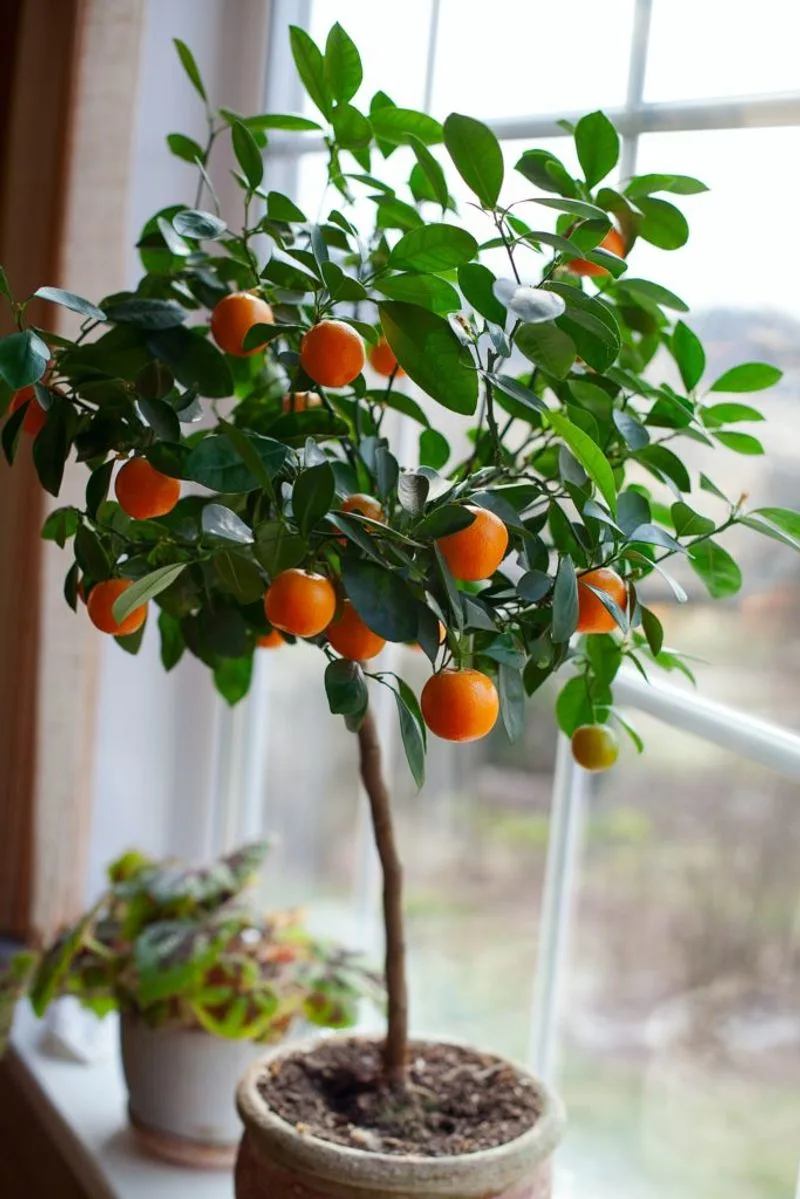
The soil is the cradle of your orange tree, a nurturing embrace that provides vital nutrients and stability. Choose well-drained, sandy loam soil rich in organic matter to ensure proper growth. Imagine running your fingers through the soil, feeling its crumbly texture and fresh earthy scent. This is where your orange tree will thrive, supported by a balanced blend of sand, silt, and clay. Regularly check the pH level, aiming for a slightly acidic range. The right soil conditions are like a cozy home for your tree, fostering its development from seedling to maturity.
Sunlight Requirements
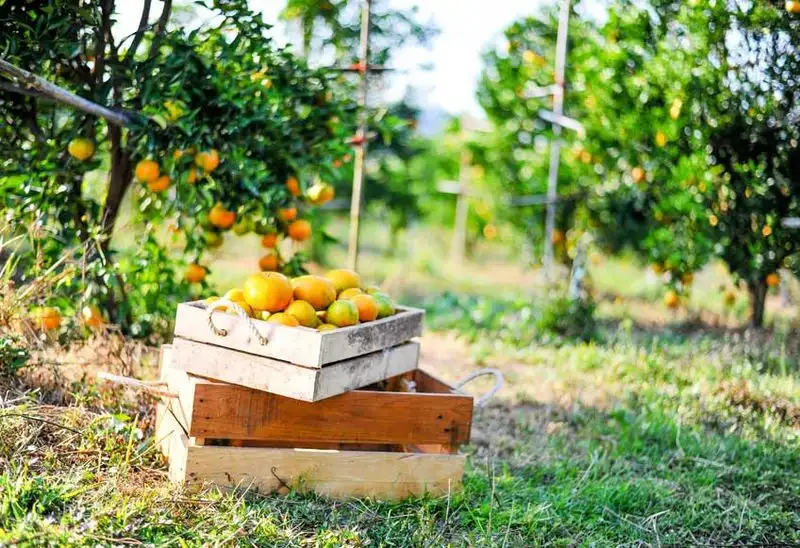
Sunlight is the life force that fuels your orange tree’s growth. Position your tree where it can soak up full sunlight for at least six to eight hours a day. Imagine your tree as a sunbather, stretching its leaves to absorb the golden rays. This sunlight bath is essential for photosynthesis, helping convert light into the energy that powers growth. Pay attention to the changing seasons and adjust your tree’s location if necessary. The right amount of sunlight not only promotes healthy growth but also enhances the flavor and sweetness of the oranges that will grace your table.
Watering Techniques

Watering is an art form, and mastering it will keep your orange tree thriving. Imagine your tree’s roots as a network of thirsty straws, eager to quench their thirst. Provide deep watering once a week, allowing the soil to dry slightly between sessions. This encourages strong root growth and prevents waterlogging. Picture yourself in your garden, watering can in hand, nurturing your tree with each gentle pour. Weather changes may affect your watering schedule, so stay attuned to the signs your tree gives you. Proper watering is a dance of balance, essential for a healthy, vibrant tree.
Fertilizing Essentials
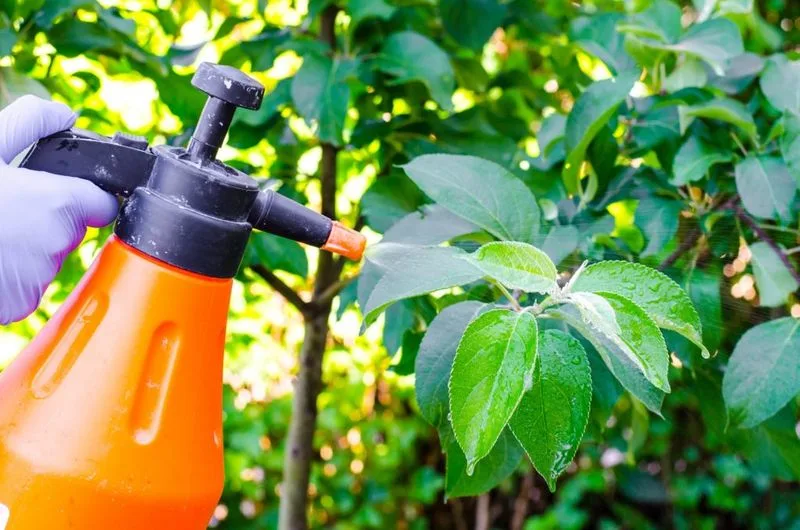
Fertilizing is the gourmet meal that your orange tree craves. Providing essential nutrients will keep it robust and productive. Imagine sprinkling organic fertilizer around your tree’s base, like seasoning on a delicious dish. Choose a balanced fertilizer rich in nitrogen, phosphorus, and potassium, applying it every four to six weeks during the growing season. This regular feeding ensures that your tree remains healthy and vibrant. As you care for your tree, watch how it responds with lush leaves and budding blossoms, a testament to your attentive nurturing.
Pest Management
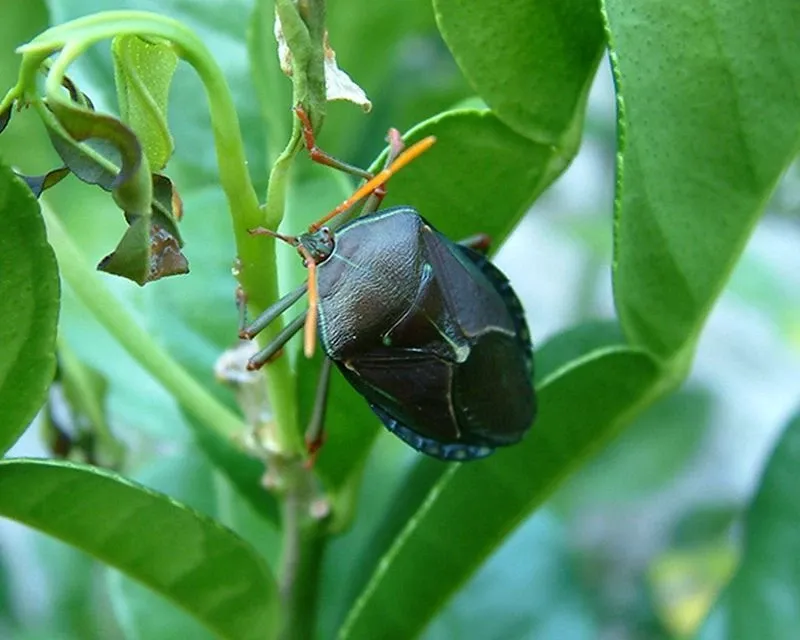
Pests can be pesky intruders in your orange tree’s life, but fear not—natural solutions are at hand. Picture a ladybug crawling along the leaves of your tree, a tiny guardian against aphids and mites. Encourage beneficial insects like ladybugs and lacewings to inhabit your garden, providing natural pest control. If pests persist, consider using organic insecticidal soap or neem oil. These gentle treatments protect your tree without harming the environment. By maintaining a healthy garden ecosystem, you ensure that your orange tree grows strong and resilient, free from unwanted guests.
Pruning Techniques

Pruning is an art that shapes your orange tree into a healthy, productive masterpiece. Picture yourself with pruning shears in hand, carefully selecting branches to trim. Focus on removing dead or diseased wood, allowing sunlight to penetrate and air to circulate. This encourages robust growth and bountiful fruit production. Pruning also helps maintain your tree’s structure, preventing overcrowding and promoting a pleasing form. As you nurture your tree with each precise cut, you’ll witness how it flourishes, rewarded with a harvest of succulent oranges.
Understanding Growth Stages

Understanding your orange tree’s growth stages is key to providing proper care. Imagine a time-lapse of your tree’s journey, from a tiny seedling to a majestic fruit-bearing wonder. Each stage requires different attention—tender care for seedlings, structured support for young trees, and consistent maintenance for mature ones. Recognize the signs of each stage, like the budding of flowers or the emergence of new shoots. By staying attuned to these changes, you can tailor your care to meet your tree’s evolving needs, ensuring it thrives through every phase of its life.
Dealing with Diseases
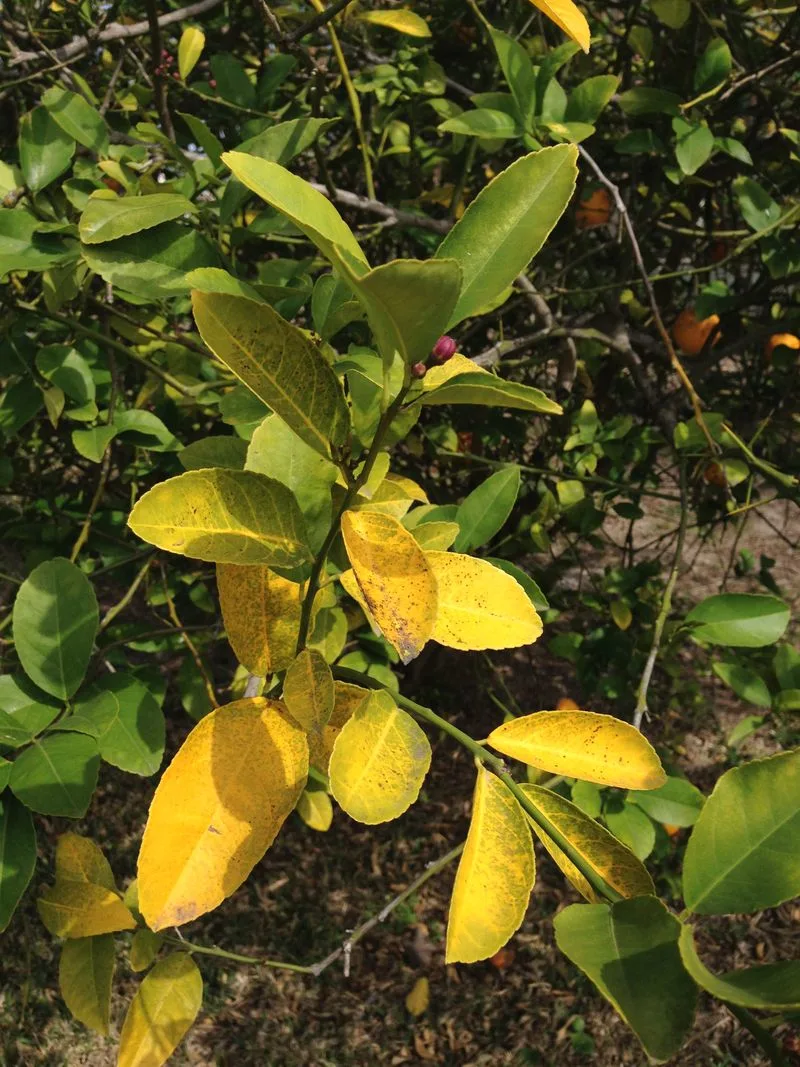
Diseases can be daunting, but equipped with knowledge, you can protect your orange tree. Picture an orange tree with yellowing leaves or mysterious spots—these may be signs of disease. Early detection is crucial; regularly inspect your tree for any irregularities. Employ organic fungicides and practice good hygiene by removing infected leaves. Understanding common diseases like citrus canker and root rot empowers you to take swift action. By nurturing a robust tree through proper care and prevention, you can minimize the impact of diseases, ensuring a healthy, flourishing orange tree.
Seasonal Care
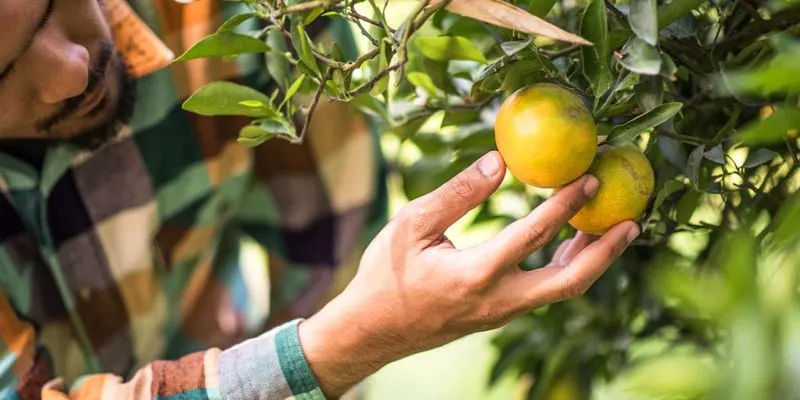
Each season brings its own set of care requirements for your orange tree. Visualize a gardener carefully draping a protective cover over the tree as winter approaches. During warmer months, focus on watering and fertilizing, while fall may require pruning and pest control. In winter, protect your tree from frost by covering it or moving it indoors if potted. Seasonal changes demand flexibility and attention, ensuring your tree remains healthy year-round. By adapting your care routine to the rhythms of nature, you’ll enjoy a thriving tree and a bountiful harvest of delicious oranges.
Harvesting Techniques
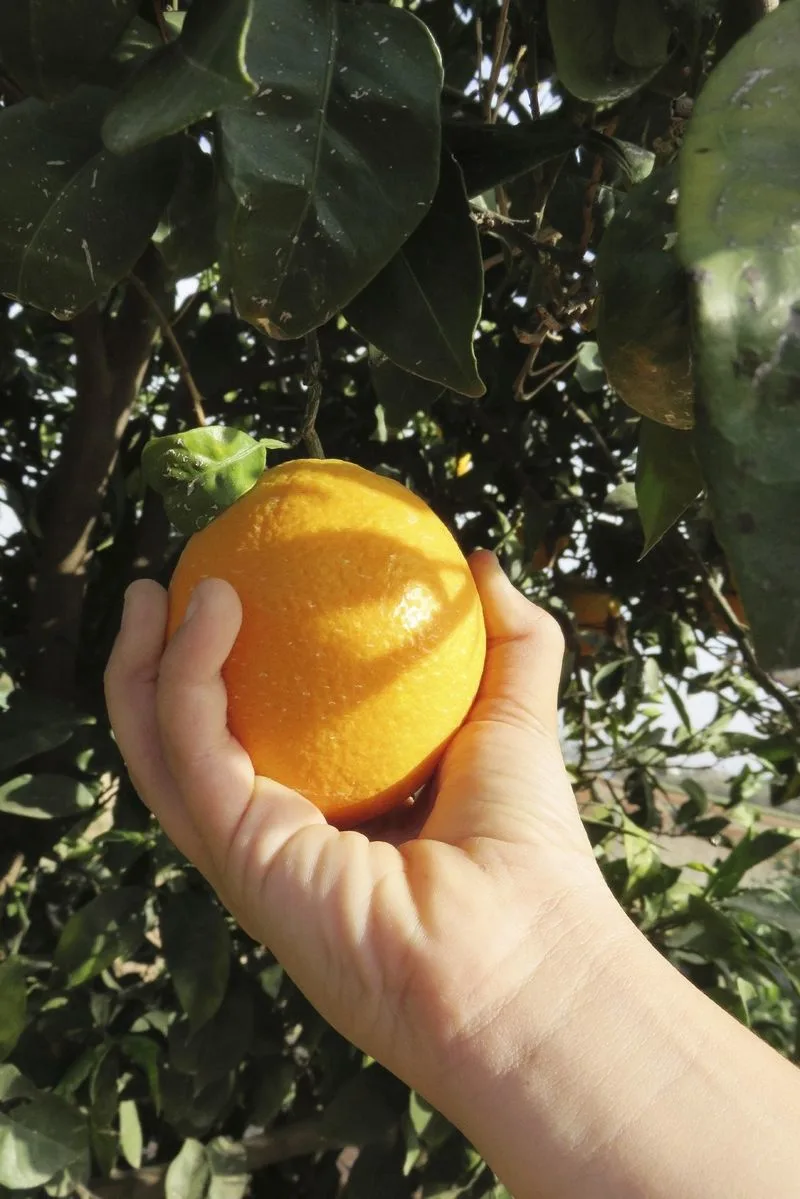
Harvesting is the celebration of your hard work and patience. Picture yourself gently picking ripe oranges, their citrus aroma filling the air. Timing is key—wait until the oranges are fully colored and slightly soft to the touch. Twist them off the branch to avoid damaging the tree. As you gather your harvest, you witness the culmination of your nurturing efforts. Each orange is a symbol of your dedication, a burst of flavor that rewards your careful cultivation. Share them with family and friends, spreading the joy of fresh, homegrown fruit.
Benefits of Growing Oranges at Home

Growing oranges at home offers a bounty of benefits beyond the delicious fruit. Visualize a family gathered in the garden, savoring the sweet, juicy flavor of freshly picked oranges. This simple pleasure brings joy and togetherness, a testament to the fruits of your labor. Homegrown oranges also offer nutritional benefits, providing a rich source of vitamin C and antioxidants. Additionally, the presence of an orange tree enhances your garden’s aesthetics, adding vibrant greenery and aromatic blossoms. The satisfaction of cultivating your own food is a rewarding experience that enriches both body and soul.
Environmental Considerations
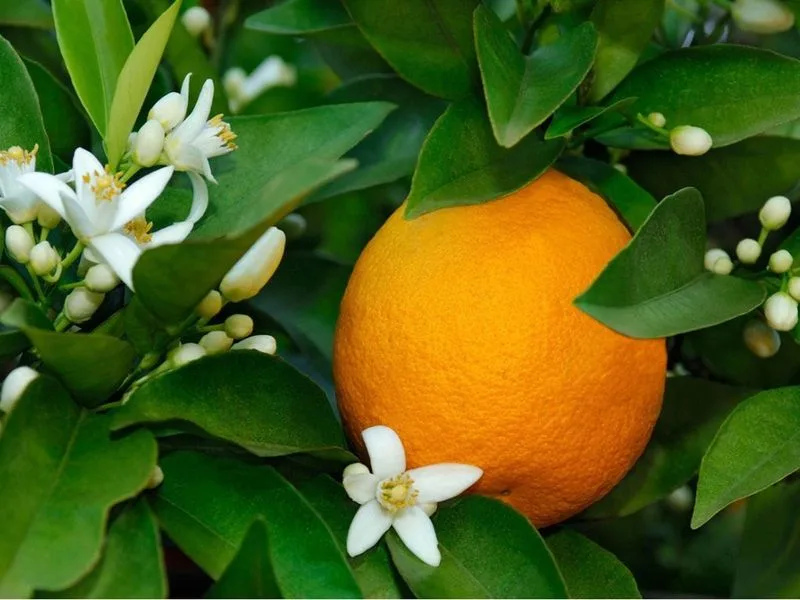
Embracing environmental considerations is a step toward sustainable gardening. Picture a serene garden, your orange tree standing tall, surrounded by eco-friendly tools and practices. By using organic fertilizers, conserving water, and encouraging biodiversity, you create a harmonious ecosystem. Planting an orange tree also contributes to carbon sequestration, helping combat climate change. Your garden becomes a sanctuary for wildlife, supporting bees, birds, and beneficial insects. By nurturing your tree mindfully, you contribute to a healthier planet, enjoying the fruits of your labor while preserving nature for future generations.
Patience and Commitment

Patience and commitment are the heart and soul of growing an orange tree from seed. Imagine a gardener kneeling beside a young tree, hands tenderly tending to its needs. Your tree requires time and dedication to thrive, rewarding your efforts with beauty and bounty. The journey from seed to fruit-bearing tree may take several years, but each stage is an opportunity to learn and grow alongside your tree. By embracing patience and commitment, you cultivate not only a thriving orange tree but also a deeper connection to the natural world and the rewards it offers.
Creative Uses for Oranges

Oranges offer a canvas for creativity in the kitchen and beyond. Picture a bustling kitchen, the scent of freshly zested oranges filling the air. These versatile fruits can be juiced, zested, or used in a variety of dishes, from savory to sweet. Imagine crafting a tangy orange vinaigrette or baking a moist orange-infused cake. Beyond the kitchen, oranges can be used in natural cleaning products or aromatic potpourri. By exploring creative uses for your homegrown oranges, you unlock a world of flavors and scents, transforming every harvest into a delightful culinary adventure.
Sharing the Harvest

Sharing the harvest is a joyful tradition that strengthens community bonds. Visualize neighbors exchanging baskets of freshly picked oranges, smiles and handshakes revealing the warmth of human connection. Your homegrown oranges become a gift, spreading happiness and nutrition to those around you. This act of sharing transcends mere fruit—it fosters friendship and gratitude. Whether gifting to friends, family, or local food banks, sharing your oranges enriches lives and nurtures relationships. Celebrate the bounty of your garden by spreading joy and goodwill, one sweet orange at a time.

